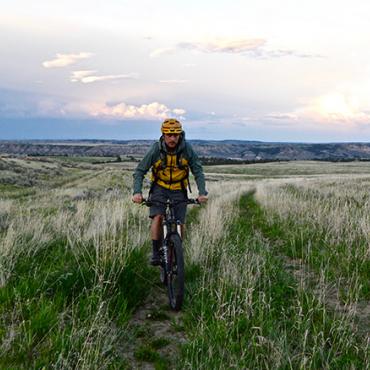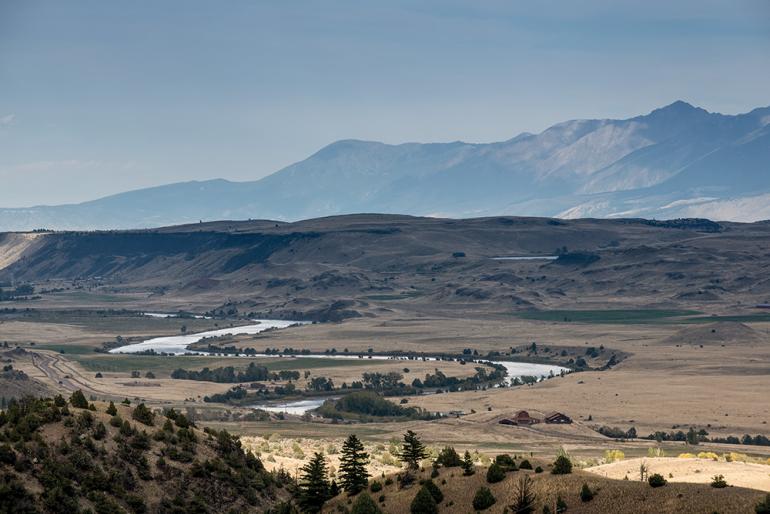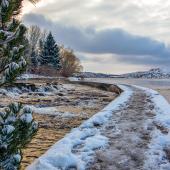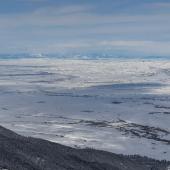Liquid Legacy
Keeping our rivers wild and scenic.
It is hard to over-exaggerate how much Montanans love rivers. From Class V rapids to 50-mile riffles, rivers are the arteries that pump life into our state’s outdoor heritage, recreation economy, and agricultural way of life.
In a recent University of Montana poll, almost 80% of participants agreed that the Treasure State should have more rivers designated Wild and Scenic, and a new bill would do just that.
Drafted by Montanans for Healthy Rivers (MHR), the Montana Headwaters Legacy Act (MHLA) seeks to add 336 miles of Montana rivers and creeks to the inventory of our nation’s most protected waterways. From the Smith to the upper Madison, some of the state’s—and indeed, the country’s—best-loved water would be included, a total of 17 rivers and streams.
In reviewing the list of candidates for inclusion, it boggles the mind that many aren’t protected already. The Madison, Gallatin, Yellowstone, Smith, and Boulder headline in leading roles, and lesser-known but equally worthy characters round out the impressive cast. The Stillwater, Tenderfoot, Taylor Fork, and Hyalite Creek all have parts to play, and all deserve the height of conservation acclaim.
MHR has spent over a decade crafting this made-in-Montana legislation, and in that time, broad support for the designations has only grown. Building off of the momentum of the East Rosebud Wild and Scenic designation in 2018, MHR continues to work closely with Montana’s federal delegation to get the bill passed. As of now, over 3,000 Montanans and 1,000 Montana businesses have endorsed the MHLA, another indication of just how important clean, free-flowing water is in our state.

The West Boulder River
Given the threats that our rivers face from climate change, future dams, energy development, floodplain development, mining, and potential interstate water-diversion schemes, now is the time to protect the streams that Montanans value the most. Wild and Scenic designation would be a huge step in the right direction.
To be eligible for designation under the Wild and Scenic Rivers Act, a river must be free-flowing and contain at least one Outstandingly Remarkable Value that is scenic, recreational, geological, fish-related, wildlife-related, historic, cultural, botanical, hydrological, paleontological, or scientific. Without question, the rivers included in this bill meet—and often exceed—these standards.
Unlike some conservation legislation, Wild and Scenic designation does not restrict or remove existing access. Where motorized use is legal, it will continue to be legal. Fishing and boating regulations will not change, and agricultural, residential, and industrial water rights will not be affected. The river corridors in question will be managed in the future as they are now. In that way, the MHLA is actually granting future generations an experience they would otherwise be deprived of.
These days, we are faced with much uncertainty, but one thing is crystal clear: Montana’s rivers deserve to be protected, and the Montana Headwaters Legacy Act is an effort to do just that.
David Tucker is the communications manager for the Gallatin River Task Force, a member of Montanans for Healthy Rivers.













